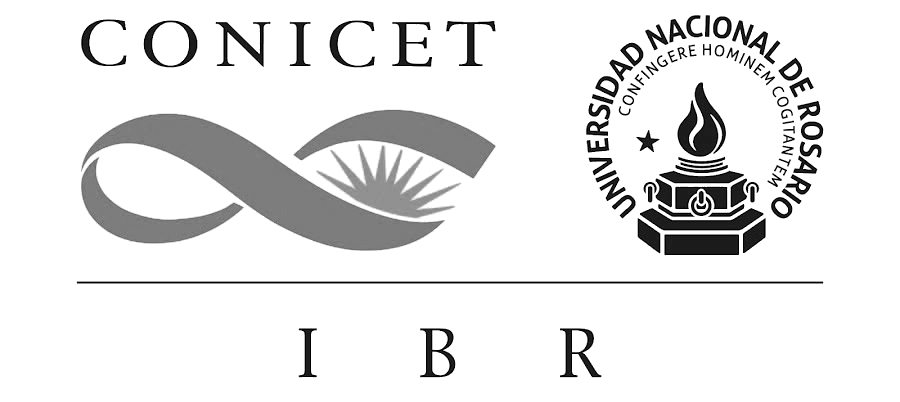research groups
Functional Genomics Plant-Pathogen
summary

RESEARCH LINES
Functional genomics applied to the study of PVX and Xanthomonas pathogenesis in higher plants
1- Functional genomics applied to the study of PVX pathogenesis in Solanum tuberosum The goal of this project is to understand the biochemistry and genetic bases of resistance to potato virus X (PVX) mediated by the resistance gene Nb in S. tuberosum. Chromosome V of wild and cultivated potato contains a cluster of R-genes encoding resistance to diverse pathogens. The short arm of this chromosome harbors genes encoding resistance to Phytophtora infestans (R1) and hypersensitive resistance to the ROTH 1 strain of Potato virus X (Nb). Our research group as part of a joint effort with the NSF Potato Genome Project has constructed an integrated geneticphysical map of the Nb-R1 region using molecular markers from the tetraploid cultivar Pentland Ivory (genotype Nb, R1) and the allohexaploid wild species Solanum demissum. Sequence analysis of the region (~ 2 Mb) corresponding to the three haplotypes of Solanum demissum predicts the presence of more than 40 RGCs (resistance gene candidates) belonging to three distinct resistance-gene families (potato R1; tomato Prf and Bs4). Genetic and molecular analysis show that one of the RGCs sequences belongs to Nb. Our laboratory had also developed an agroinfiltration system to assess the transient expression of the viral elicitor, the 25 kDa protein, which will be used for functional complementation analysis of Nb-RGC. Towards the goal of elucidating defense signaling pathways, we have also studied the role of salicylic acid (SA) in Nb-mediated resistance to PVX infection, we have shown that SA is involved in the defense response mediated by Nb in Solanum tuberosum but the role played is notably different to that reported for the experimental model Arabidopsis thaliana and Nicotiana tabacum. 2- Functional genomics applied to the study of Xanthomonas pathogenesis in Citrus limon Xac is responsible for the canker disease affecting citrus plants throughout the world. The goal of this study is to generate knowledge for the development of crop protection methods based on interference with key biological and molecular processes in the epiphytic and disease phases of bacterial pathogenesis. We have studied the formation of biofilms of Xac and its role in the epiphytic survival and canker pathogenicity. We have shown that Xac develop biofilm on either abiotic or biotic surfaces and the presence of plant-associated biofilms is correlated with the bacterial survival and Xac pathogenicity. We have shown by genetic, biochemistry and molecular analysis that the biofilm formation of Xac requires xanthan production. Without xanthan, the bacteria are unable to retain water and cannot withstand abiotic stress, and thus cannot survive on the leaf surface. Based in our results we have established a Xac – Citrus limon assay and have used it to identify differential gene expression during Xac – Citrus interaction. In addition, we are developing genomic tools to study the function of these isolated genes in citrus.

